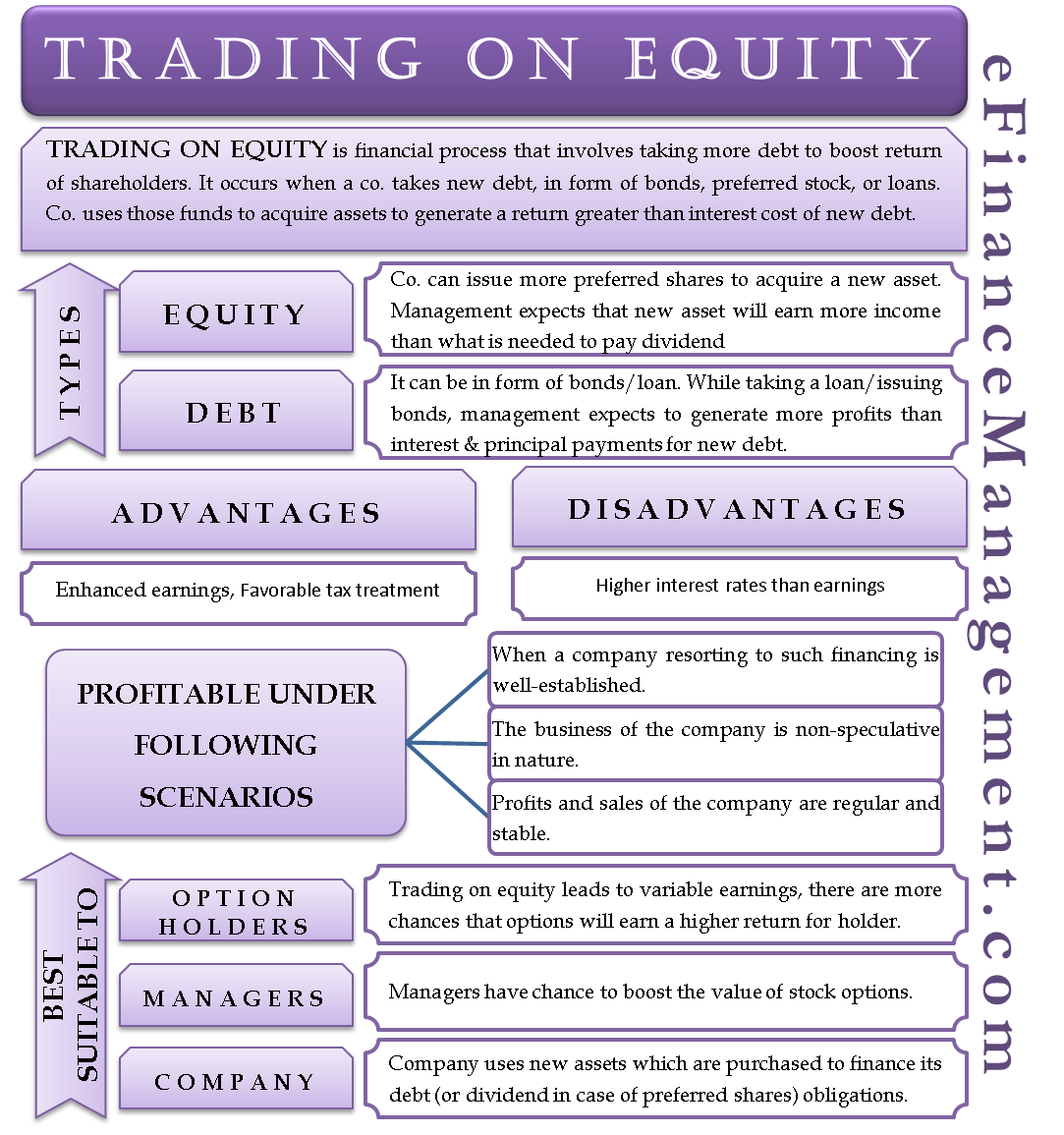Equity Ratio: Calculation, Interpretation, and Financial Impact

This can be achieved through various methods such as issuing new shares, raising additional capital through the stock market, or retaining more of the net income. The equity ratio, as part of a company’s balance sheet, offers key insights into a company’s fiscal health, especially its solvency. Solvency essentially represents the capability of a company to meet its long-term financial commitments.
Operating Profit Margin: Understanding Corporate Earnings Power
A low ratio indicates that a business has been financed in a conservative manner, with a large proportion of investor funding and a small amount of debt. A low ratio should be the goal when cash flows are highly variable, since it is quite difficult to pay off debt in this situation. A higher ratio is tolerable when a business has a long history of consistent cash flows, and those cash flows are expected to continue into the future. Say that you’re considering investing in ABC Widgets, Inc. and want to understand its financial strength and overall debt situation. A year-end number is arrived at by using return on equity (ROE) calculation.

Total Assets
Equity is generally safer than debt as they do not incur interest; plus, distribution of dividends is discretionary. Also, we can easily compute for the equity ratio if we know the debt ratio. The debt ratio in the problem above is equal to 31.8% (debt of 6,900 divided by assets of 21,700).
- On the other hand, service-based or software companies would typically have a higher equity ratio due to a lower requirement of physical assets and thus, carry less debt.
- In addition, these ratios help understand the relationship between a firm’s total assets, shareholders’ equity, and debt.
- Short-term profitability should not jeopardize the overall financial health of the company.
- Therefore, the equity ratio serves as a critical barometer for gauging a firm’s solvency, particularly during challenging times.
- Just because shareholders own 80% of the company’s equity doesn’t necessarily mean that’s good; it might be terrible if the other companies in the industry tend to have equity-to-asset ratios around 90%.
Equity ratio formula
Now, understanding these, the Equity Ratio calculation essentially provides a snapshot of a company’s financial leverage. The higher the ratio, the greater proportion of a company’s assets are funded by investors. In other words, the business is less reliant on lenders or other creditors to finance its operations, which is a strong sign of financial health.
In contrast, industries like real estate, manufacturing and utilities often have lower asset turnover ratios. These fields rely heavily on infastructure and machinery, which can slow down asset turnover. Operational EfficiencyImproving operational efficiency can help reduce operational liabilities, thus enhancing the equity ratio. This may encompass various initiatives including cost-cutting measures, improved inventory management, asset utilization, or process optimization.
You can read more about our editorial guidelines and our products and services review methodology. Get instant access to video lessons taught by experienced investment bankers. Learn financial statement modeling, DCF, M&A, LBO, Comps and Excel shortcuts. At the end of 2021, the company reported the following carrying values on its balance sheet.
The first component shows how much of the total company assets are owned outright by the investors. In other words, after all of the liabilities are paid off, the investors will end up with the remaining assets. The formula for calculating the equity ratio is equal to shareholders’ equity divided by the difference between total assets and intangible assets. A high asset to equity ratio can indicate that a business can no longer access economic order quantity eoq additional debt financing, since lenders are unlikely to extend additional credit to an organization in this position. Also, if a business has a high ratio, it is more susceptible to pricing attacks by competitors, since it must maintain high prices in order to generate the cash flow to pay for its debt. When you’re evaluating a potential company as an investment, the balance sheet matters, but it can also get very complicated.
The industries’ specific characteristics and financial environments can significantly influence an equity ratio. On the other hand, service-based or software companies would typically have a higher equity ratio due to a lower requirement of physical assets and thus, carry less debt. Optimal Capital StructureIdentifying the optimal capital structure, which is the mix of debt and equity that minimizes the cost of capital, can greatly improve the equity ratio. Hiring financial consultants or investment banking services can be beneficial to guide these decisions. Conversely, investors who are open to higher risk levels for potentially higher returns may look out for opportunities to invest in companies with a lower equity ratio. These firms tend to rely more on borrowings which can increase operational risks, but can also generate higher returns if these funds are employed effectively.
These favorable terms might include lower interest rates or more flexible repayment schedules, significantly reducing the cost of borrowing for the enterprise. It is, however, important to contextualize that a high equity ratio doesn’t always equate to a good investment. It may signal a company’s lack of confidence to take on profitable projects, or a lack of access to low-cost financing. These scenarios can impact the firm’s growth prospects and hence, the potential return on investment. Therefore, the equity ratio serves as a critical barometer for gauging a firm’s solvency, particularly during challenging times.
